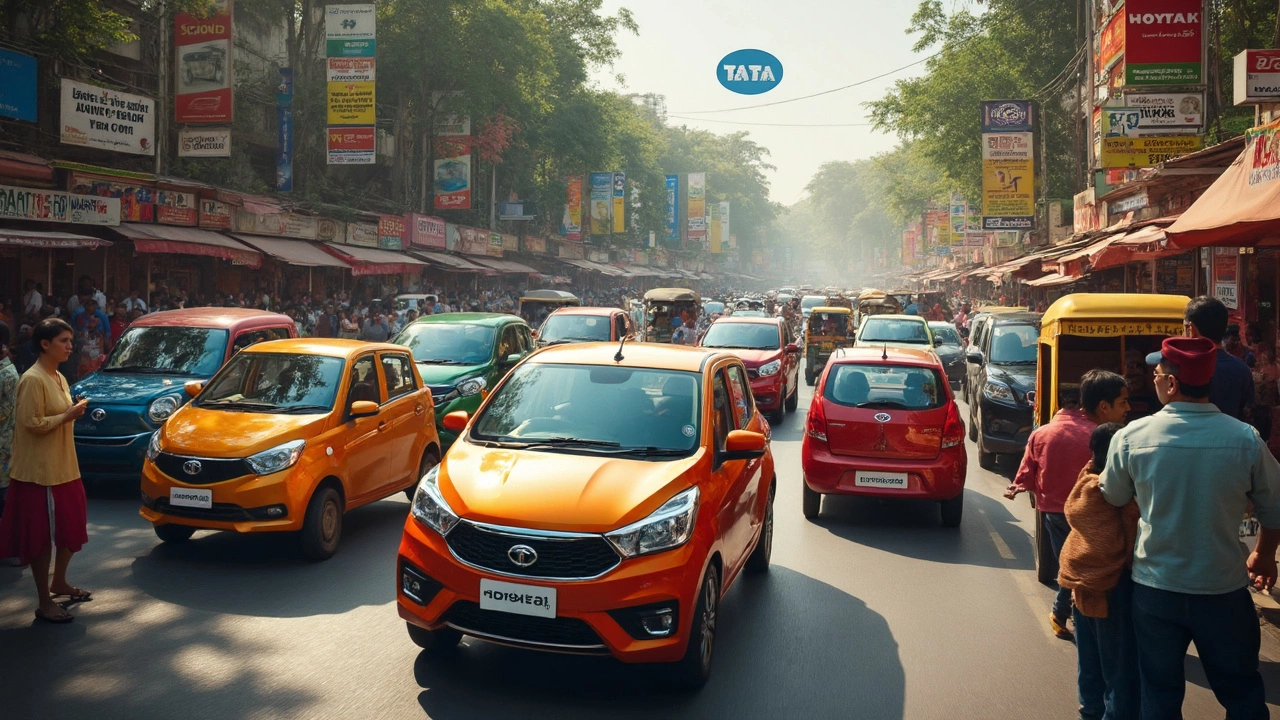Tata Motors – What’s New and Why It Matters
If you’re looking for a quick snapshot of Tata Motors, you’ve landed in the right spot. From compact city cars to heavy trucks, Tata covers a wide range of vehicles that power Indian streets, highways, and even export markets. This page pulls together the most useful info you need to understand the brand’s current lineup, recent moves, and where the company is headed.
Current Model Line‑up
Tata’s passenger‑car portfolio now includes the Tiago, Nexon, Harrier and the electric‑focused Altroz EV. Each model targets a specific segment: Tiago for budget‑conscious city drivers, Nexon for those who want a bit more space and style, Harrier for midsize SUV fans, and Altroz EV for early adopters of electric mobility. On the commercial side, the Tata LPT, Ultra Tipper and 407 series dominate the small‑to‑medium truck market, offering reliable haulage for logistics companies.
All these vehicles share a common goal – lower cost of ownership. Tata focuses on fuel efficiency, easy maintenance and a growing network of service centers. That makes the brand a practical choice for both individual buyers and fleet operators.
Industry Impact and Future Plans
Beyond the showroom floor, Tata Motors plays a big role in India’s manufacturing ecosystem. The company’s plant in Pune alone employs thousands and sources parts from a wide network of local suppliers. This creates a ripple effect that supports many smaller businesses across the country.
Looking ahead, Tata is betting heavily on electric vehicles (EVs). The Altroz EV and upcoming Tata Curvv EV are part of a roadmap that aims to roll out at least five EV models by 2027. The company is also experimenting with advanced driver‑assist features and modular platforms that can be adapted for both passenger cars and commercial trucks.
Another noteworthy move is Tata’s partnership with global tech firms to improve battery technology and charging infrastructure. By collaborating with local energy providers, Tata hopes to make EV ownership as convenient as refueling a gasoline car.
For investors and industry watchers, Tata’s financial performance is a key indicator. Recent quarterly reports show steady revenue growth, driven by strong demand for SUVs and a rebound in commercial‑vehicle sales post‑pandemic. The company’s focus on cost control and domestic sourcing has helped protect margins even when raw‑material prices fluctuate.
What does this mean for you? If you’re a buyer, Tata’s diverse portfolio gives you several options that balance price, features, and after‑sales support. If you’re a supplier, the brand’s push for local content opens up opportunities for component manufacturers. And if you’re simply curious about the Indian auto scene, Tata Motors serves as a barometer for how domestic players compete with foreign entrants.
Stay tuned to this tag page for the latest Tata Motors news, model launches, and analysis. We’ll keep the information fresh, practical, and easy to digest, so you can make informed decisions without wading through jargon.

Does Tata Sell Cars in the USA? The Real Story Behind Tata Motors in America
Curious if Tata Motors sells its cars in the USA? This article explores what Tata is, why their cars aren't parked in American driveways, and what makes their vehicles stand out in India and other parts of the world. Find out if that's likely to change, and what Tata's presence means for the global automotive scene. We’ll break down everything with simple, straightforward facts mixed with real-world insight.
Read More